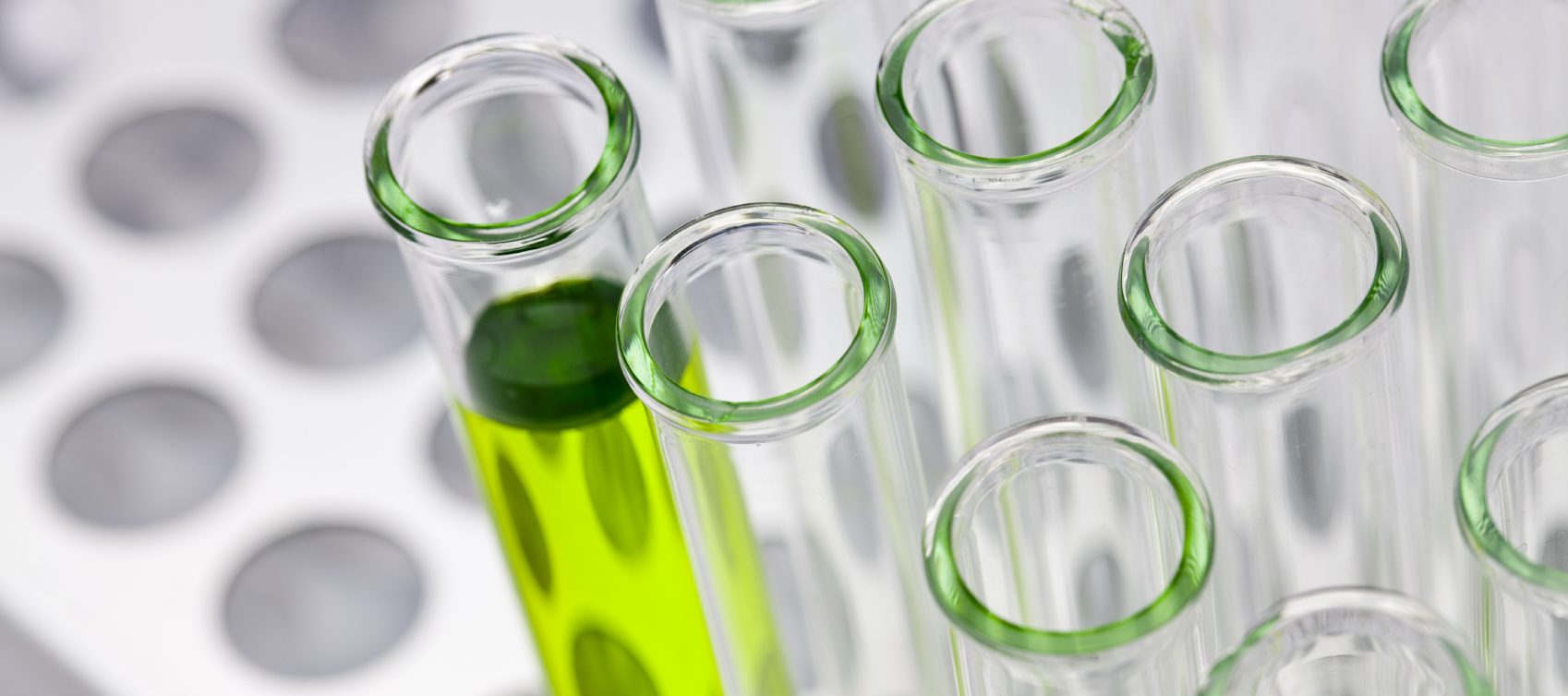Resources
Central Labs is located in Red Deer, Alberta. We service residential, agricultural and oilfield testing requirements and provide drop-off and on-site local analysis on soil, water and oilfield samples.
- Canadian Drinking Water Guidelines – you may have a column with these values in your report. Abbreviations in our columns:
-
MAC: health based and listed as maximum acceptable concentrations;
-
AO: based on aesthetic considerations and listed as aesthetic objectives;
-
OG: established based on operational considerations and listed as operational guidance values
- Alberta Health Services (Johnstone Crossing) – see embedded links for contacts & other districts
- Coliforms: A value of <1 equals “Not Present”
- Shock Chlorination: here’s a great informational document from the Alberta Government on why & how to Shock Chlorinate your well.
- Chloride / Nitrate Testing Limits (NRCB) are in HERE
- Canadian Livestock Watering information Guide is HERE
- Livestock Water Quality Guideline (Canada)
A water well is an excavation or structure created in the ground by digging, driving, boring, or drilling to access groundwater in underground aquifers. The well water is drawn by a pump, or using containers, such as buckets, that are raised mechanically or by hand.
Sixteen chemical elements are known to be important to a plant’s growth and survival. The sixteen chemical elements are divided into two main groups: non-mineral and mineral.
Soils are sampled prior to installation of a variety of septic discharge systems. Speak to your installer or installation engineer for exact sampling requirements depending on your build.
Generally, the following parameters are required:
- 1 Bag of Soil from each depth/zone. Ziplocks are ok. approximately 1L (1.5kg) soil required.
- Particle Size (Grain Size): % Sand, Silt, Clay.
- If Sand is > 50%, you may need DETAILED SAND analysis (Coarse/Med/Fine)
Applicable Containers
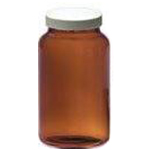
500mL Amber: Amber-colored, wide-mouth with Teflon-lined cap. Amber glass assists in filtering UV light and any photo-degredation of UV-sensitive chemicals (ie: BTEX) |
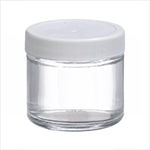
Wide-Mouth Glass Jar 500mL: Certified, Pre-cleaned wide-mouth glass jar. Teflon-lined cap. Good for: Solids, Liquids, Sludges: [Soil/Sludge Salinity, Microtox, Class-II Solids, CCME Trace Metals] |
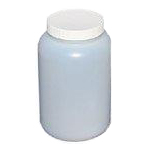
250mL Natural Plastic: Clean, natural-plastic container with cap. Good for: Water Samples: [Potable Water, Dissolved Metals (CCME)] |
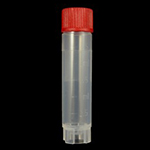
2.5mL vial: Contains a concentrate Acid preservative. |
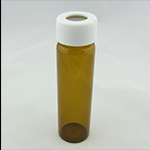
40mL Amber: Amber-colored glass container with septum-cap. |
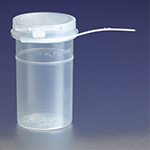
100mL Coliforms: Plastic lock-top container with preservative. |
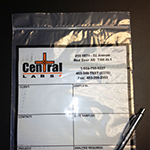
Soil Bag: 22cm x 30cm Zip-Top Plastic Bag |
Sampling
A general rule of thumb is “Test results can only be as good as the sample”
Sampling is the first step in a long process to find out “what’s there”. An incorrect sample will therefore give an incorrect result. In fact, there are courses available that deal just with applicable sample acquisition and handling. A professional Environmental representative will ensure that the correct sample is acquired depending on the analysis that is required.
A few hints & tips to consider:
- Representative Sampling is your best bet; collect what best represents the entire system if applicable, or local system as applicable.
- Composite Sampling is a common technique where numerous samples are gathered, then combined, and a sample of this combination is taken for analysis. It ensures a much more representative sample has been acquired.
- Cross-Contamination occurs when residual analytes are left over and/or transferred to the new sample. Make sure sampling tools and containers have been adequately cleaned between uses.
- Hold times refer to the time from sampling to the time of analysis. Please inquire about hold times if you can not send samples directly to lab.
- Temperature can affect your sample between time of sampling to time of analysis. Some items are very temperature sensitive; others not. Please inquire if concerned.
- A Chain of Custody is very important to complete. It can be a legal document that trails who & when samples got relinquished to other’s responsibility. It can also serve as a “Purchase Order” that clarifies to the lab exactly what analysis needs to be done.
